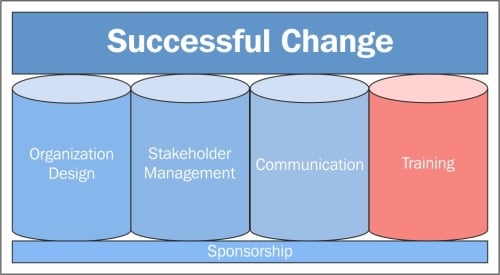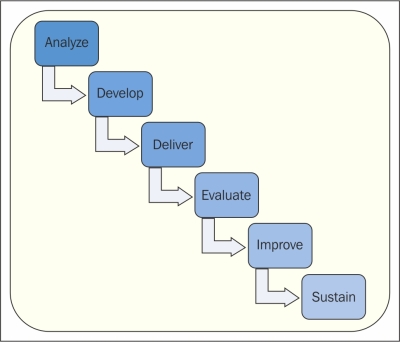By the end of this chapter, you will be able to:
Define different types of training
Identify the groups that need to be trained
Gather training input from all relevant teams
Build training development and delivery plans
Develop training evaluations
Create a training sustainability plan
We are now ready to look at the last Pillar of Change: training.

When people think about Change Management, training is one of the first activities that come to mind. Training is one of the most visible aspects of a Change Management program. It also requires some of the most detailed and structured planning and execution.
The steps required to plan and deliver a robust training program could fill an entire book. Therefore, this chapter is designed to help you develop a high-level training strategy. By completing the exercises throughout the chapter, you will create a clear direction for your training program. This direction can then be broken down into more detailed...



































































